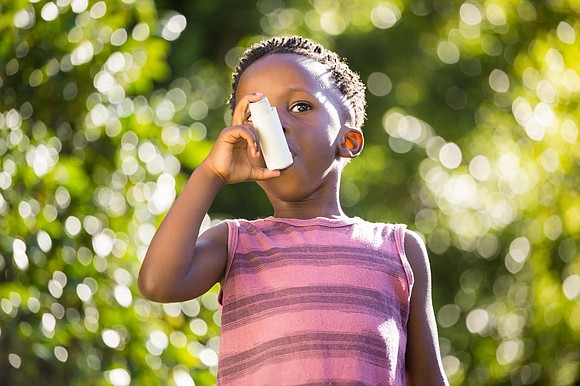Black Children in Houston at Higher Risk for Asthma
Style Magazine Newswire | 3/24/2017, 11:45 a.m.
Black children are more than twice as likely to have asthma as white children, according to a new paper from sociologists at Rice University.
The study, “Does Neighborhood Social and Environmental Context Impact Race-Ethnic Disparities in Childhood Asthma?”, was conducted to examine how outdoor air pollution, socio-economic status and race-ethnic composition in a neighborhood influence race-ethnic disparities in childhood asthma. The paper will appear in an upcoming edition of the journal Health & Place.
Lead author Mackenzie Brewer, a graduate student in sociology at Rice, said that the study’s findings suggest that neighborhood environmental features -- such as poverty status -- contribute to the uneven risks of asthma diagnosis for children.
Although the black-white gap in asthma risk was reduced by 18 percent after researchers adjusted for characteristics of children that place them at higher risk of asthma, such as their age (older children are more likely to be diagnosed than younger children), and for characteristics of their neighborhood of residence, such as the poverty rate and air pollution levels, black children between the ages of 2 and 12 remained more than twice as likely to suffer from asthma compared with white children of the same age (or had 159 percent higher odds of having asthma). Hispanic children had 22 percent higher odds of having asthma than white children, and Asian children had 18 percent higher odds of having asthma than white children. The researchers said this suggests there are factors other than neighborhood poverty and air pollution affecting asthma rates.
“The differences in childhood asthma rates in Houston are rooted in social, economic and racial inequalities that affect children, their families and even the neighborhoods in which they live,” Brewer said.
She noted that while the research cannot offer specific reasons why racial and ethnic differences in asthma rates persist, she said that various inequalities that kids experience, including racial discrimination or individual family income, which previous research has shown influences health outcomes, may be to blame. Regardless of the reasons, Brewer called the findings “troubling.” Brewer and her co-authors hope the paper will lead to more research on how both household and neighborhood factors influence race-ethnic disparities in childhood asthma. The researchers used the medical records of 142,407 pediatric patients aged 2-12 in the Houston metropolitan area. Fifty percent of the children were white, 16 percent were black, 28 percent were Hispanic and 6 percent were Asian. The researchers also used U.S Census data and Houston air quality records from the Texas Commission on Environmental Quality. Rachel Kimbro and Justin Denney, sociology professors at Rice, co-authored the study, which is available online at www.sciencedirect.com/science/article/pii/S1353829217300667. The research was funded by Houston Endowment, the Rice Faculty Initiatives Fund and the Rice Social Sciences Research Institute.




